Can You Use A Digital Camera For Zoom ?
Yes, digital cameras typically have a zoom function that allows you to adjust the focal length and magnify the subject.
1、 Optical zoom capabilities of digital cameras
Yes, you can use a digital camera for zooming in on subjects. Digital cameras typically offer two types of zoom capabilities: optical zoom and digital zoom.
Optical zoom is the true zoom feature of a camera, which uses the camera's lens to physically zoom in on a subject. This allows you to get closer to the subject without sacrificing image quality. Optical zoom is measured in terms of "x" (e.g., 3x, 5x, 10x), indicating how much the lens can magnify the subject. The higher the number, the greater the zoom range.
On the other hand, digital zoom is a software-based zoom feature that enlarges the image digitally. It essentially crops and enlarges the image, resulting in a loss of image quality. Digital zoom is measured in terms of a multiplier (e.g., 2x, 4x, 8x), indicating how much the image is being digitally enlarged.
When it comes to zooming in on subjects, optical zoom is the preferred option as it maintains image quality. Digital zoom should be used sparingly, if at all, as it can lead to pixelation and a decrease in image sharpness.
It's worth noting that the latest digital cameras often come with advanced optical zoom capabilities, allowing users to zoom in on subjects from a considerable distance. Some cameras even offer superzoom lenses with zoom ranges of 50x or more, providing the ability to capture distant subjects with great detail.
In conclusion, digital cameras can indeed be used for zooming in on subjects, thanks to their optical zoom capabilities. It is important to rely on optical zoom for the best image quality, while digital zoom should be used cautiously due to its potential impact on image sharpness.

2、 Digital zoom features in modern digital cameras
Yes, you can use a digital camera for zooming in on subjects. Digital zoom features in modern digital cameras allow users to magnify the image digitally, providing a closer view of the subject. However, it is important to note that digital zoom is different from optical zoom.
Optical zoom is a true zoom feature that uses the camera's lens to physically magnify the subject, resulting in higher image quality and detail. On the other hand, digital zoom simply enlarges the pixels in the image, which can lead to a loss of quality and sharpness.
While digital zoom can be useful in certain situations where getting physically closer to the subject is not possible or practical, it is generally recommended to use optical zoom whenever possible. This is because optical zoom maintains the image quality and allows for better capturing of details.
It is worth mentioning that the latest digital cameras often come equipped with advanced zoom capabilities, including both optical and digital zoom options. Some cameras even offer hybrid zoom, which combines both optical and digital zoom to provide a wider range of zooming possibilities.
In conclusion, while digital zoom features in modern digital cameras can be used for zooming in on subjects, it is important to understand the limitations and drawbacks of digital zoom compared to optical zoom. For the best image quality and detail, it is advisable to rely on optical zoom whenever possible.

3、 Understanding zoom ratios in digital camera specifications
Understanding zoom ratios in digital camera specifications is crucial when it comes to choosing the right camera for your needs. Zoom ratios indicate the camera's ability to magnify an image, allowing you to get closer to your subject without physically moving closer. However, it is important to note that zoom ratios can be misleading and do not necessarily indicate the quality of the zoom.
When it comes to using a digital camera for zoom, it is indeed possible. Most digital cameras come with built-in zoom lenses that allow you to zoom in and out on your subject. This can be particularly useful for capturing distant objects or getting closer to details in a scene. The zoom feature on a digital camera can be controlled either manually or electronically, depending on the camera model.
It is worth mentioning that the quality of the zoom can vary depending on the camera's specifications. Some cameras offer optical zoom, which physically adjusts the lens to magnify the image, resulting in higher image quality. On the other hand, digital zoom simply enlarges the pixels in the image, which can lead to a loss of detail and image degradation.
In recent years, digital camera technology has advanced significantly, with many cameras now offering impressive zoom capabilities. Some cameras even come with superzoom lenses that provide an extensive zoom range, allowing you to capture subjects from a distance. However, it is important to consider other factors such as image stabilization and sensor size, as they can also impact the overall quality of the zoomed-in images.
In conclusion, yes, you can use a digital camera for zoom. Understanding the zoom ratios and considering other factors such as optical zoom, image stabilization, and sensor size will help you make an informed decision when choosing a camera that suits your zooming needs.

4、 Zooming techniques and settings for capturing distant subjects
Yes, you can use a digital camera for zooming in on distant subjects. Most digital cameras come with a zoom lens that allows you to get closer to your subject without physically moving closer. This can be particularly useful when capturing distant subjects such as wildlife, sports events, or landscapes.
When using a digital camera for zooming, there are a few techniques and settings that can help you capture the best possible image. Firstly, it's important to understand the different types of zoom available on digital cameras. Optical zoom uses the camera's lens to physically zoom in on the subject, while digital zoom enlarges the image digitally, resulting in a loss of image quality. It is generally recommended to use optical zoom whenever possible to maintain image clarity.
In terms of settings, it's important to consider the camera's aperture, shutter speed, and ISO settings. A wider aperture (lower f-number) can help create a shallow depth of field, isolating the subject from the background. A faster shutter speed can freeze motion, which is particularly useful when capturing fast-moving subjects. Increasing the ISO can help in low-light situations, but it may introduce noise into the image, so it's important to find the right balance.
Additionally, some digital cameras offer image stabilization technology, which can help reduce camera shake when zooming in on distant subjects. This can be particularly useful when shooting handheld or in low-light conditions.
It's worth noting that the latest advancements in digital camera technology have led to the development of cameras with impressive zoom capabilities. Some cameras now offer superzoom lenses, allowing you to capture subjects from a considerable distance with excellent image quality.
In conclusion, yes, you can use a digital camera for zooming in on distant subjects. By understanding the different zooming techniques and settings available, you can capture stunning images of faraway subjects with your digital camera.
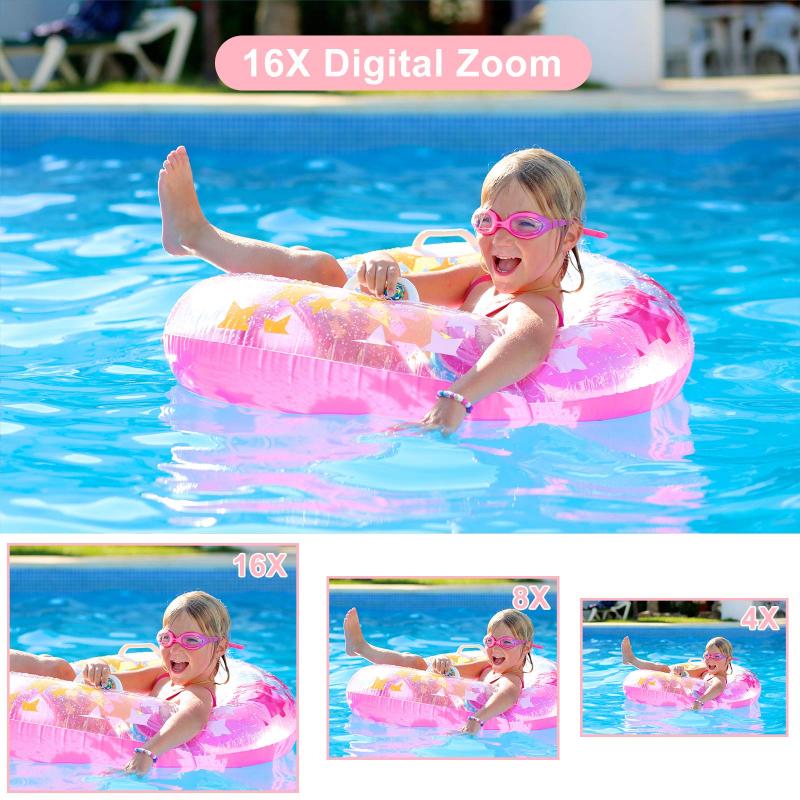



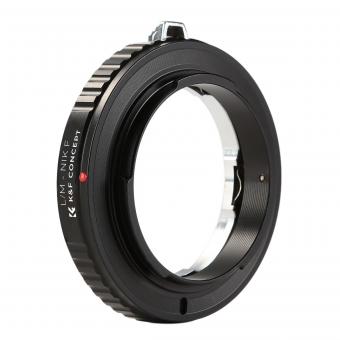







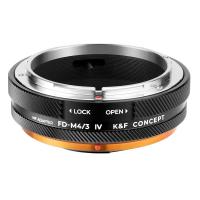
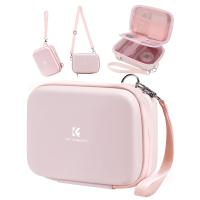





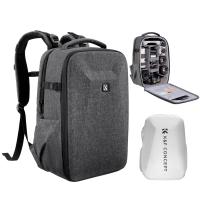
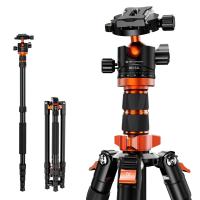
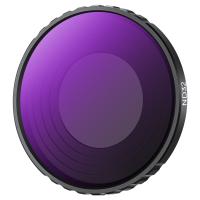


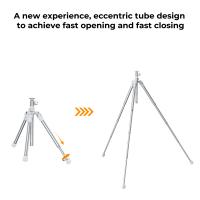
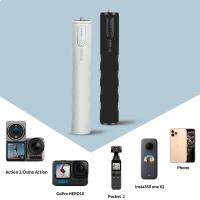
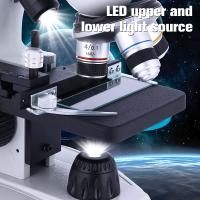
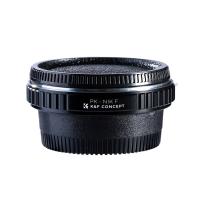
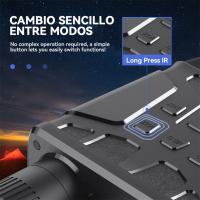

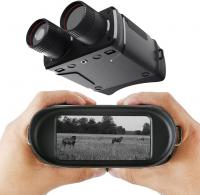

There are no comments for this blog.